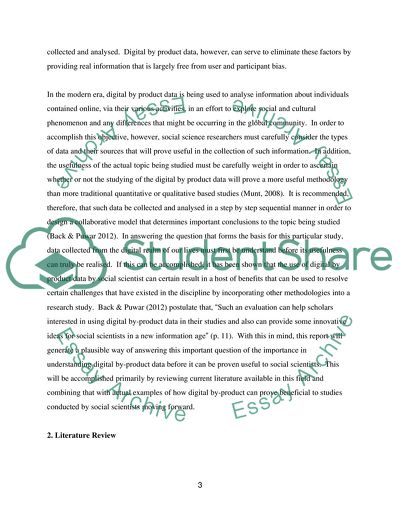Cite this document
(Digital By Product Data in the Social Sciences Literature review Example | Topics and Well Written Essays - 4500 words, n.d.)
Digital By Product Data in the Social Sciences Literature review Example | Topics and Well Written Essays - 4500 words. https://studentshare.org/social-science/1832343-digital-by-product-data-in-the-social-sciences
Digital By Product Data in the Social Sciences Literature review Example | Topics and Well Written Essays - 4500 words. https://studentshare.org/social-science/1832343-digital-by-product-data-in-the-social-sciences
(Digital By Product Data in the Social Sciences Literature Review Example | Topics and Well Written Essays - 4500 Words)
Digital By Product Data in the Social Sciences Literature Review Example | Topics and Well Written Essays - 4500 Words. https://studentshare.org/social-science/1832343-digital-by-product-data-in-the-social-sciences.
Digital By Product Data in the Social Sciences Literature Review Example | Topics and Well Written Essays - 4500 Words. https://studentshare.org/social-science/1832343-digital-by-product-data-in-the-social-sciences.
“Digital By Product Data in the Social Sciences Literature Review Example | Topics and Well Written Essays - 4500 Words”. https://studentshare.org/social-science/1832343-digital-by-product-data-in-the-social-sciences.


